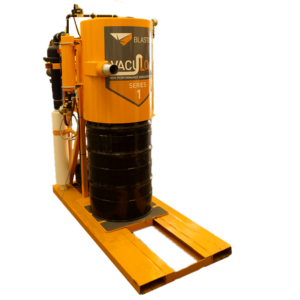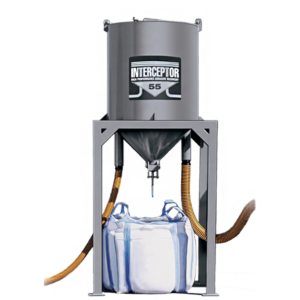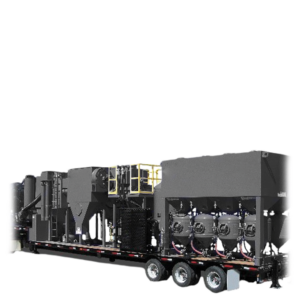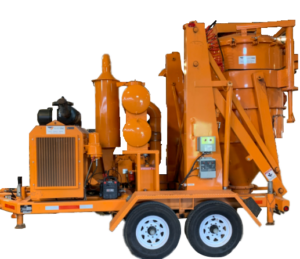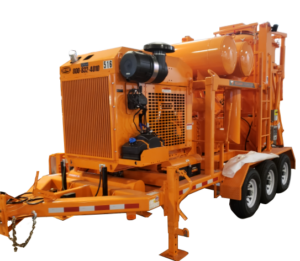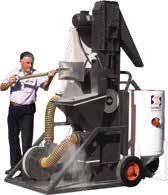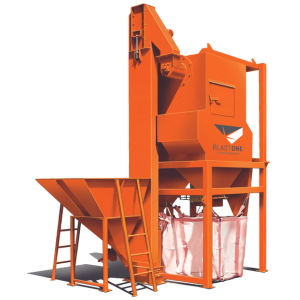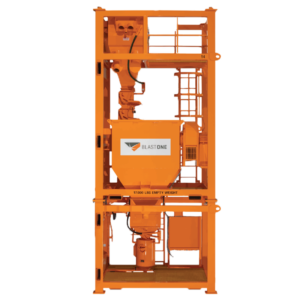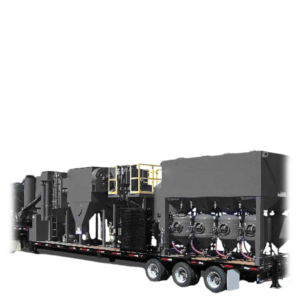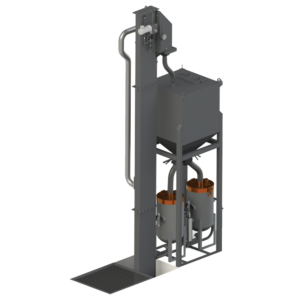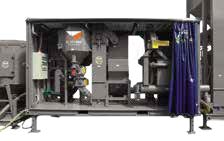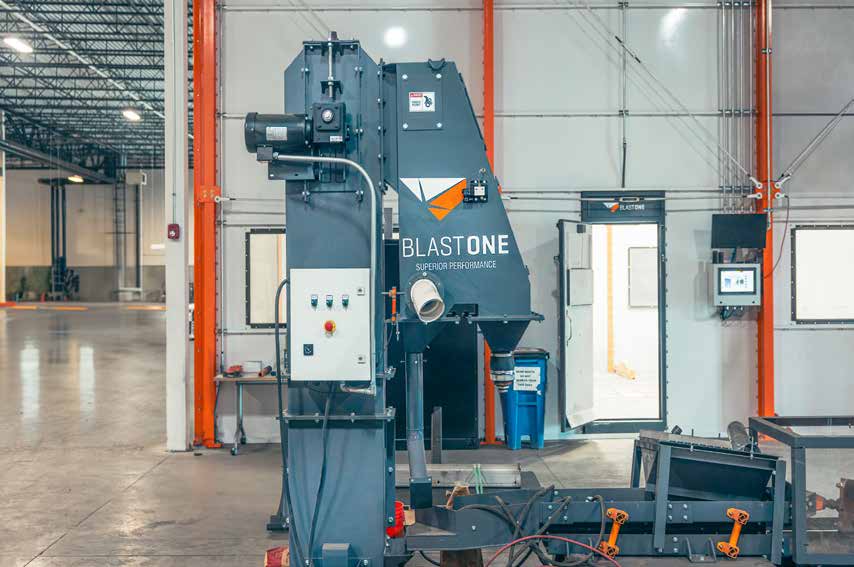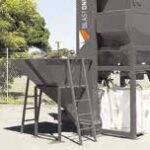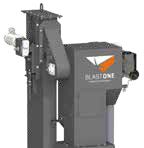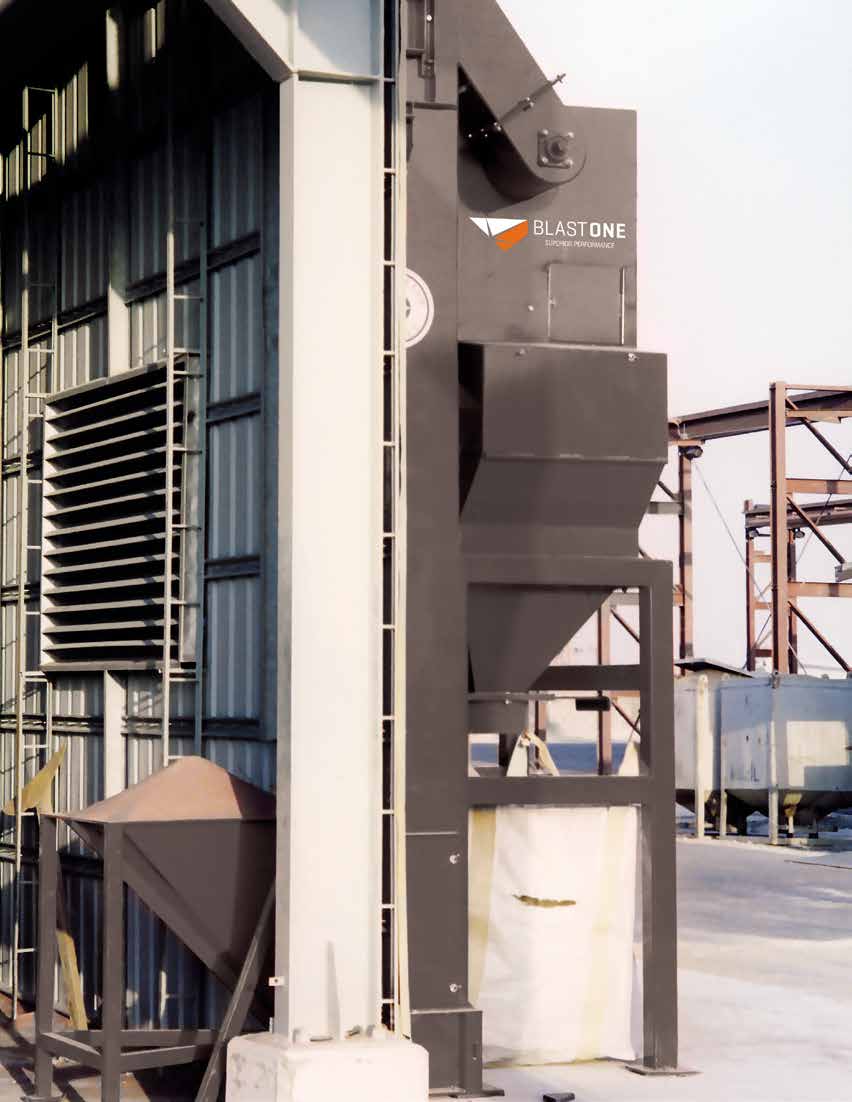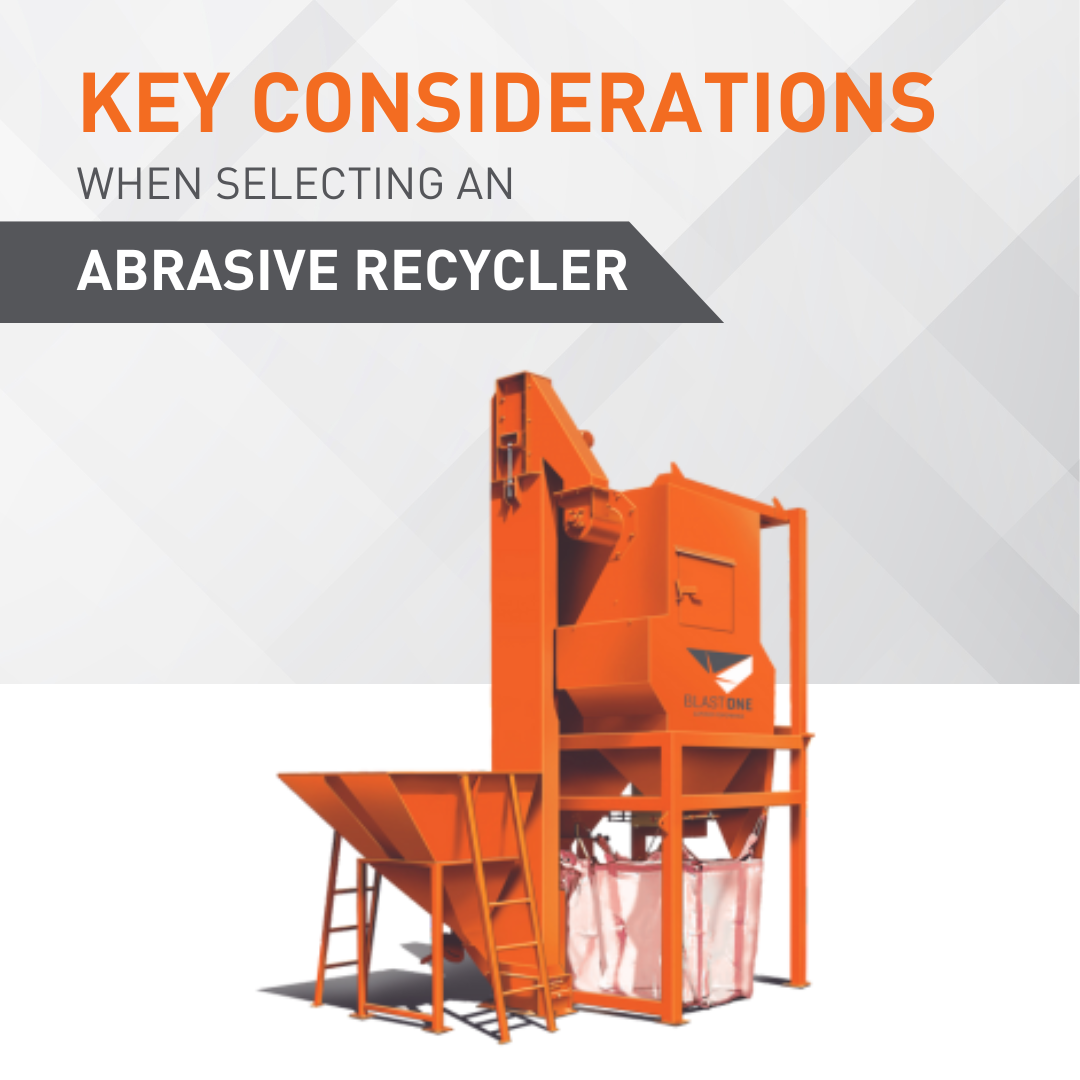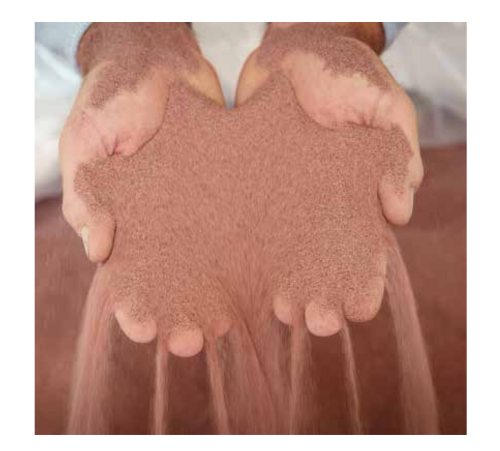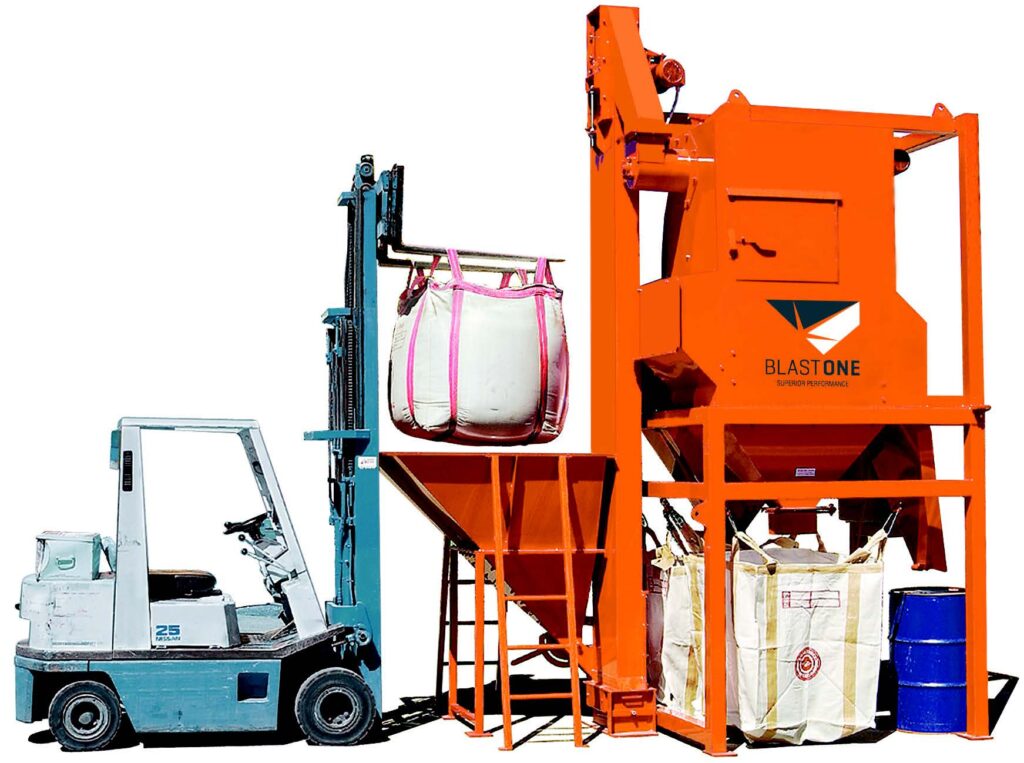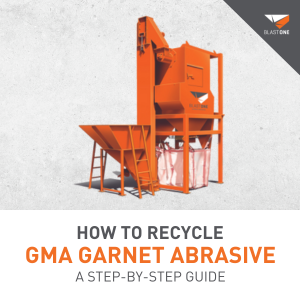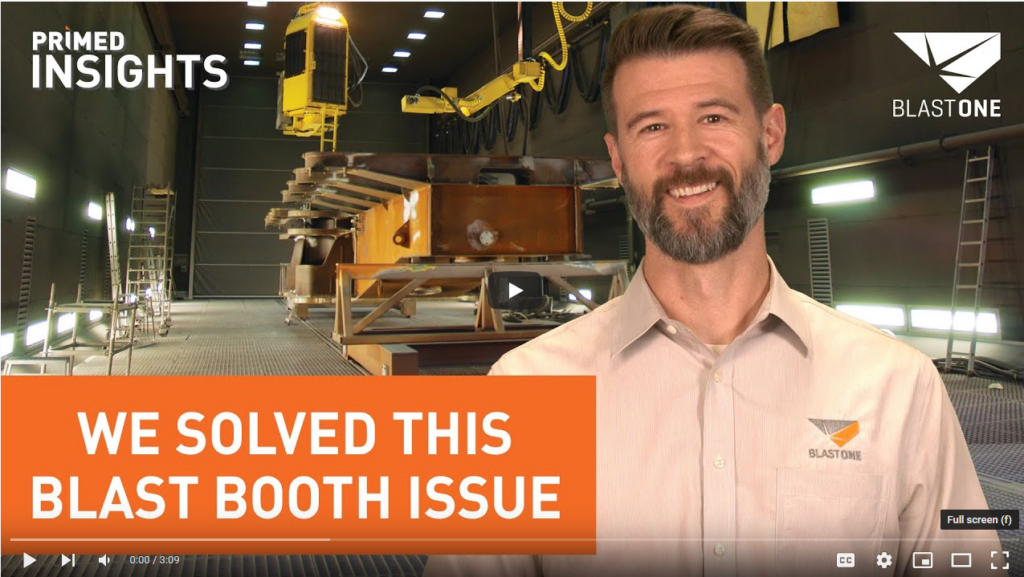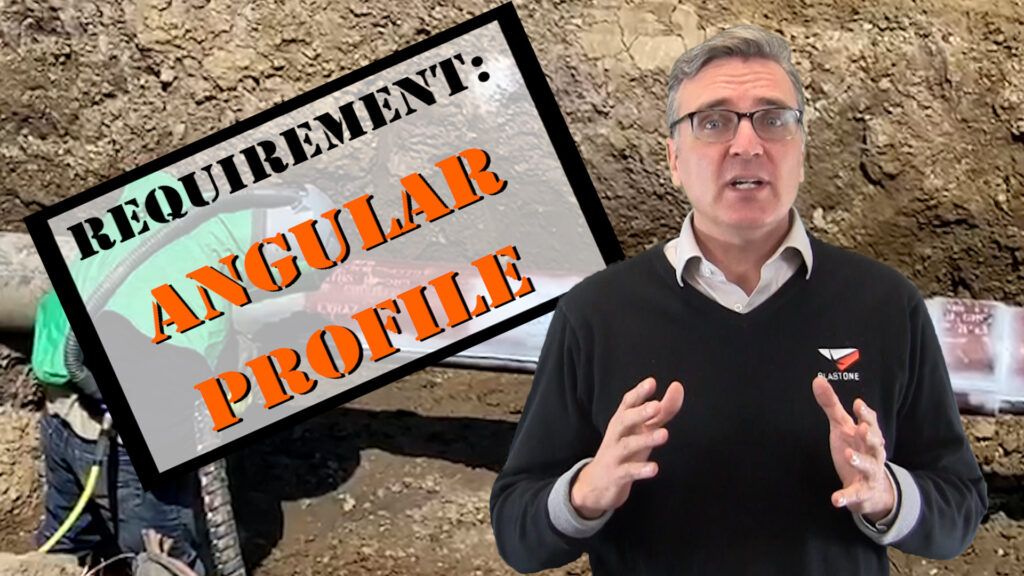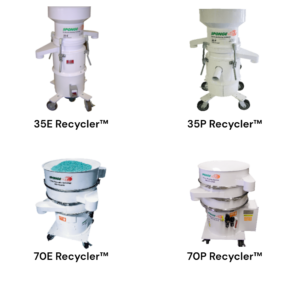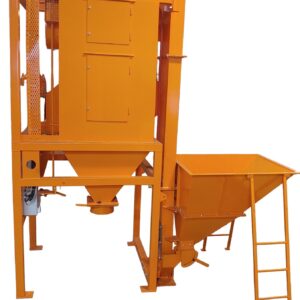1. Cost Savings
One of the most compelling reasons to use an abrasive recycling system is the reduction in material costs. By recycling abrasives like garnet, steel grit, or aluminum oxide, companies can dramatically decrease the need to purchase new materials. Over time, this leads to substantial savings, especially in large-scale operations where abrasive costs can add up quickly.
2. Enhanced Operational Efficiency
Recycling systems are designed to streamline the abrasive blasting process. By automatically cleaning and reprocessing used abrasives, these systems reduce downtime associated with handling and disposal. This allows workers to focus more on production tasks, improving overall efficiency and productivity.
3. Environmental Sustainability
In today’s eco-conscious world, reducing waste is more important than ever. Abrasive recycling systems help minimize environmental impact by decreasing the amount of waste that needs to be disposed of. Fewer trips to the landfill mean a smaller carbon footprint and a more sustainable operation.
4. Improved Workplace Safety
Dust and debris from used abrasives can pose health and safety risks to workers. Recycling systems often include advanced dust collection features that minimize airborne particles, creating a cleaner and safer work environment. This not only protects workers but also ensures compliance with health and safety regulations.
5. Consistent Quality and Performance
Recycled abrasives can maintain their cutting power and efficiency even after multiple uses. High-quality recycling systems are designed to remove contaminants and reprocess abrasives to ensure they retain their effectiveness. This means you can rely on consistent performance without compromising on the quality of your work.
 My Account
My Account

